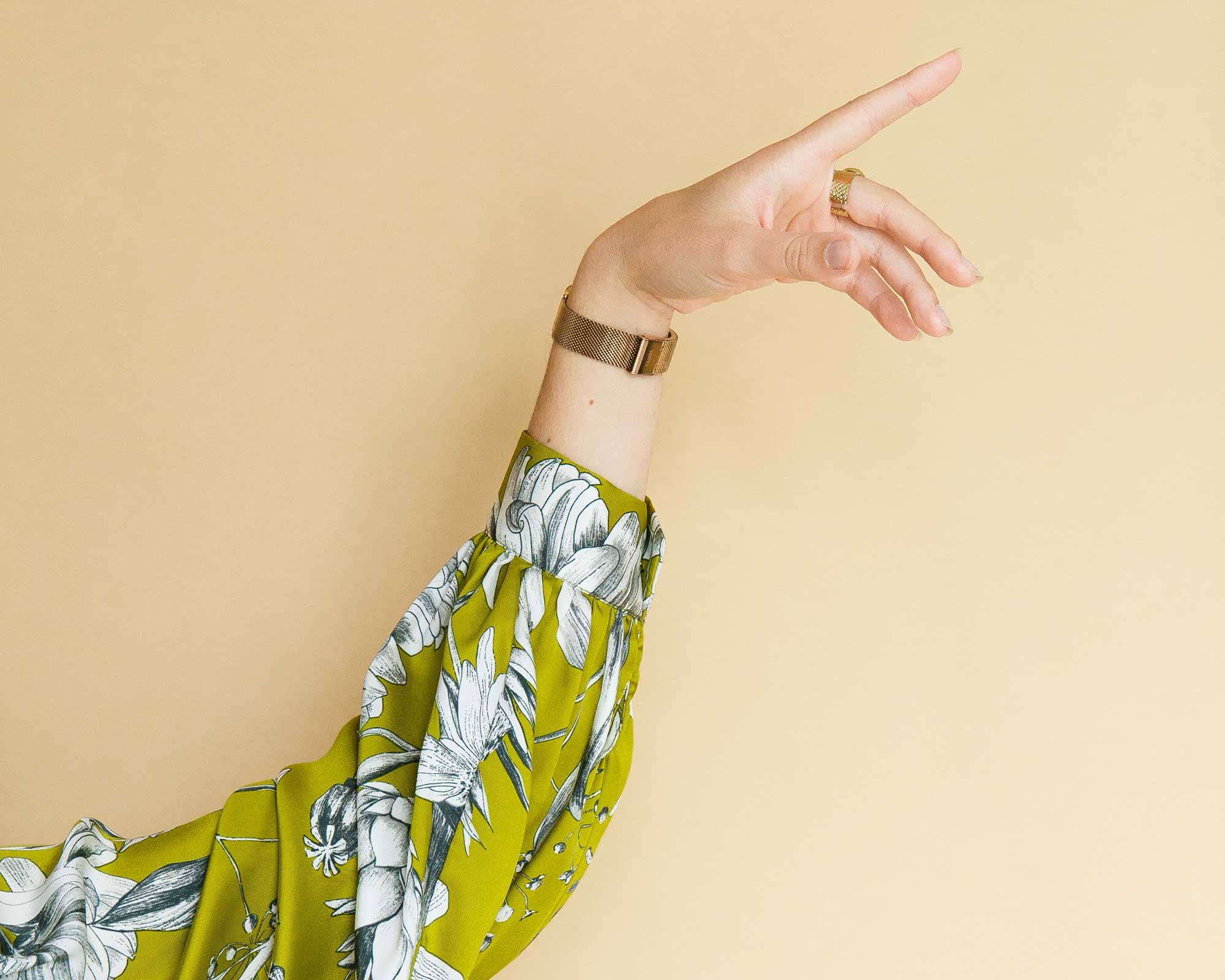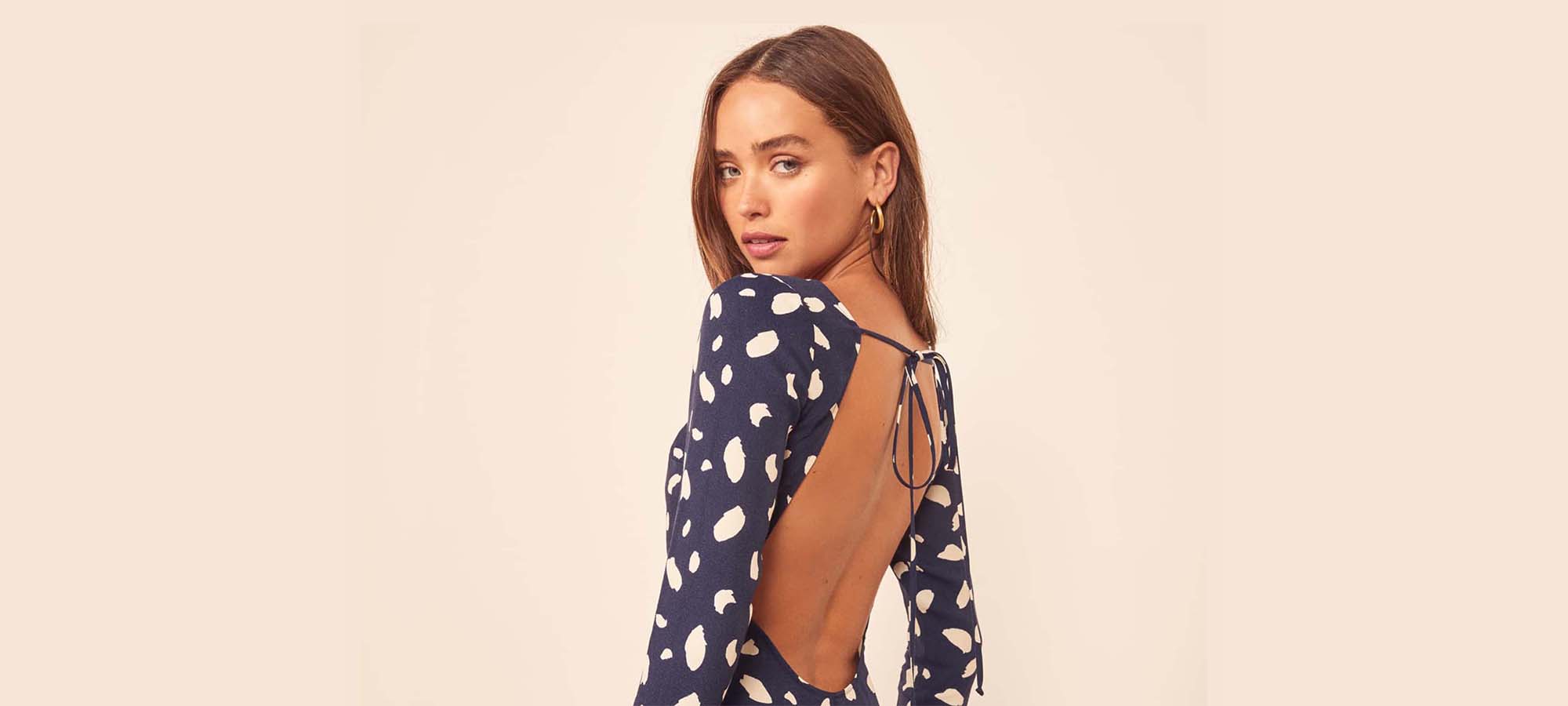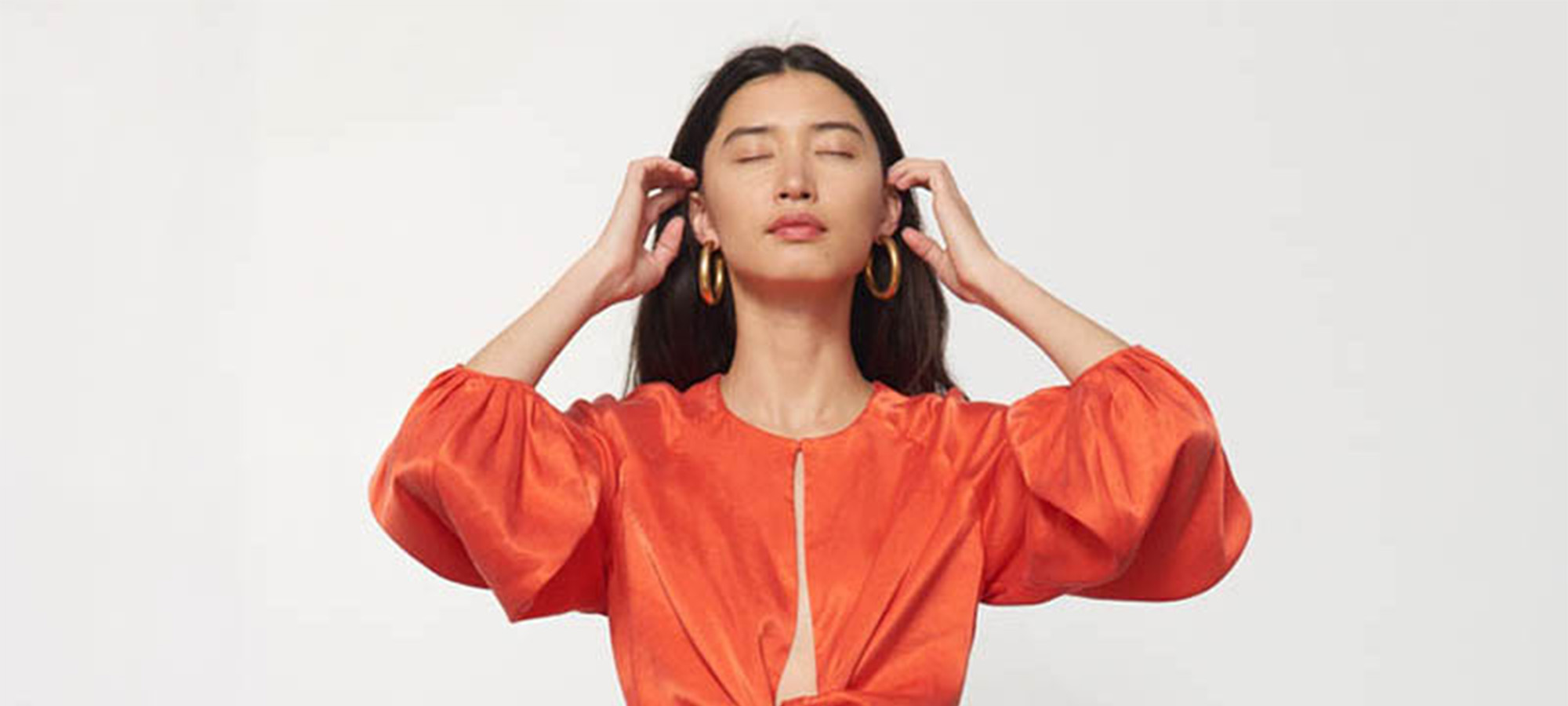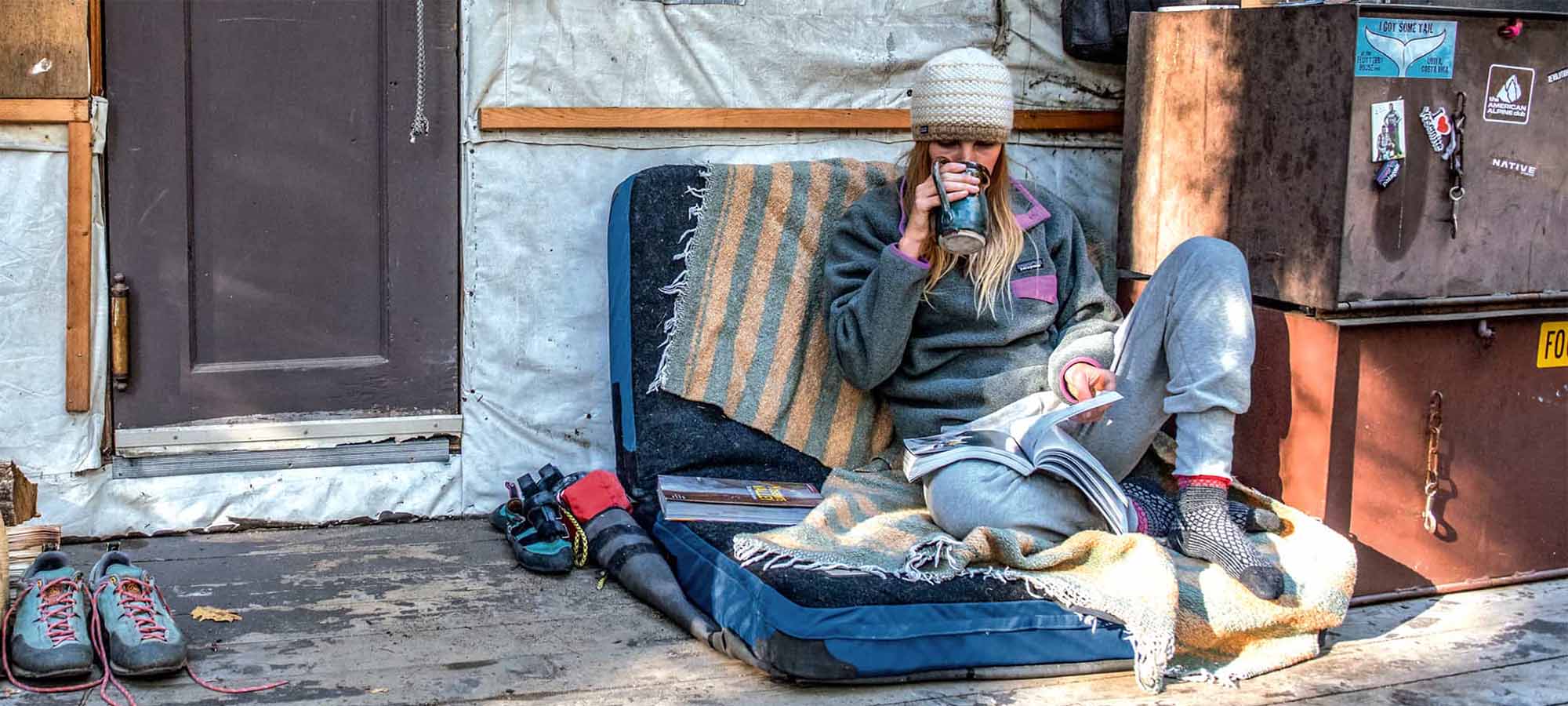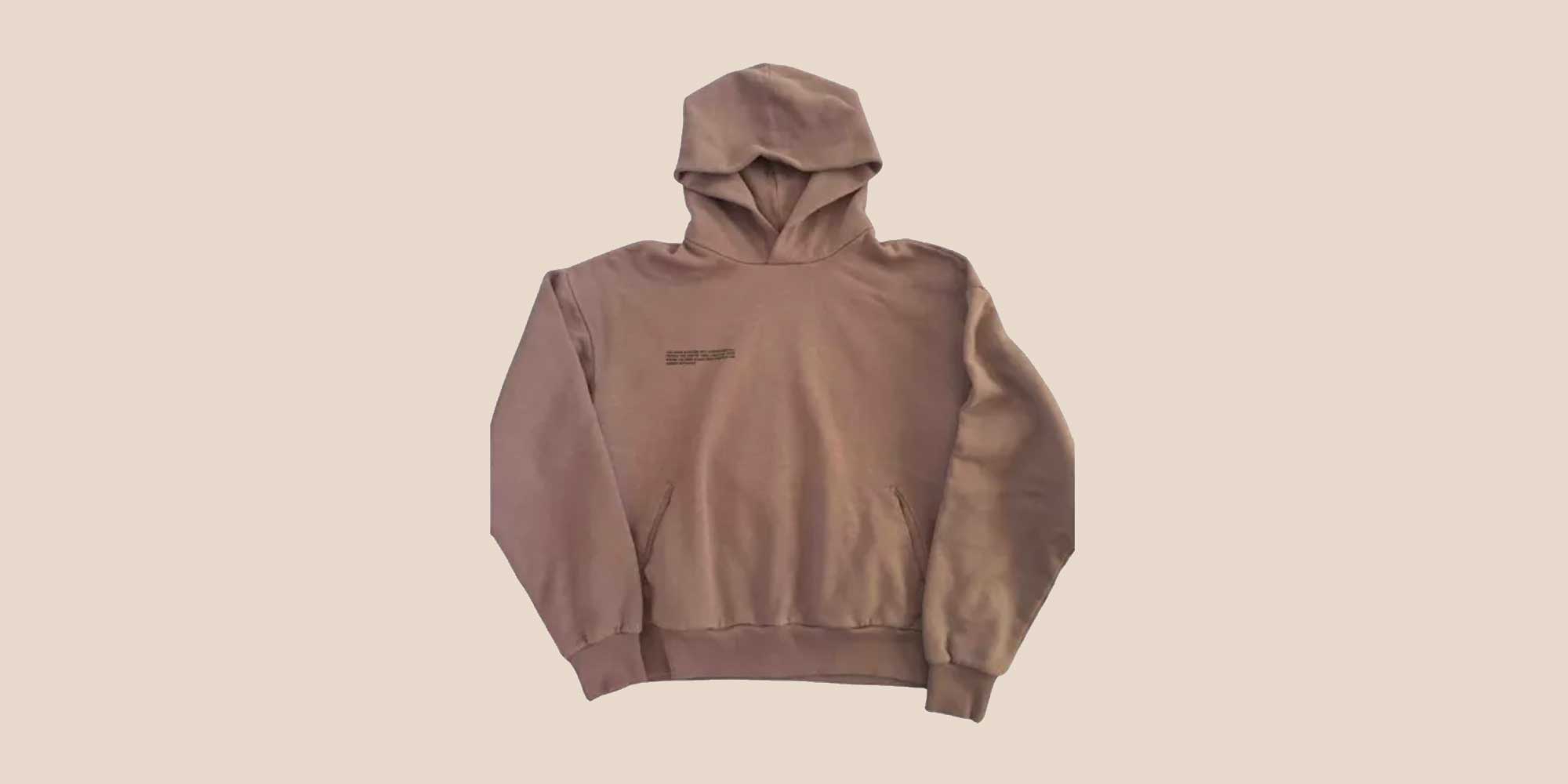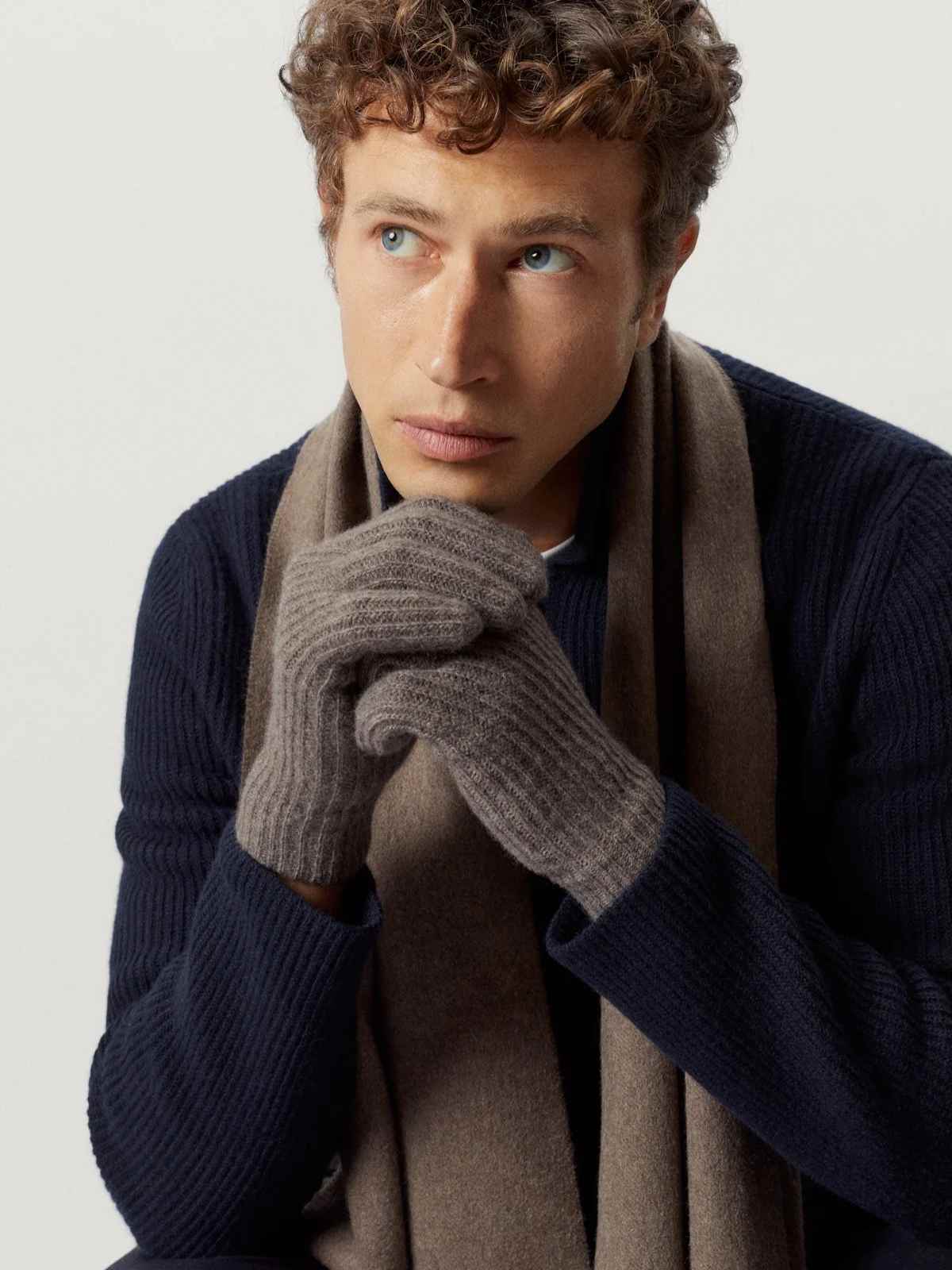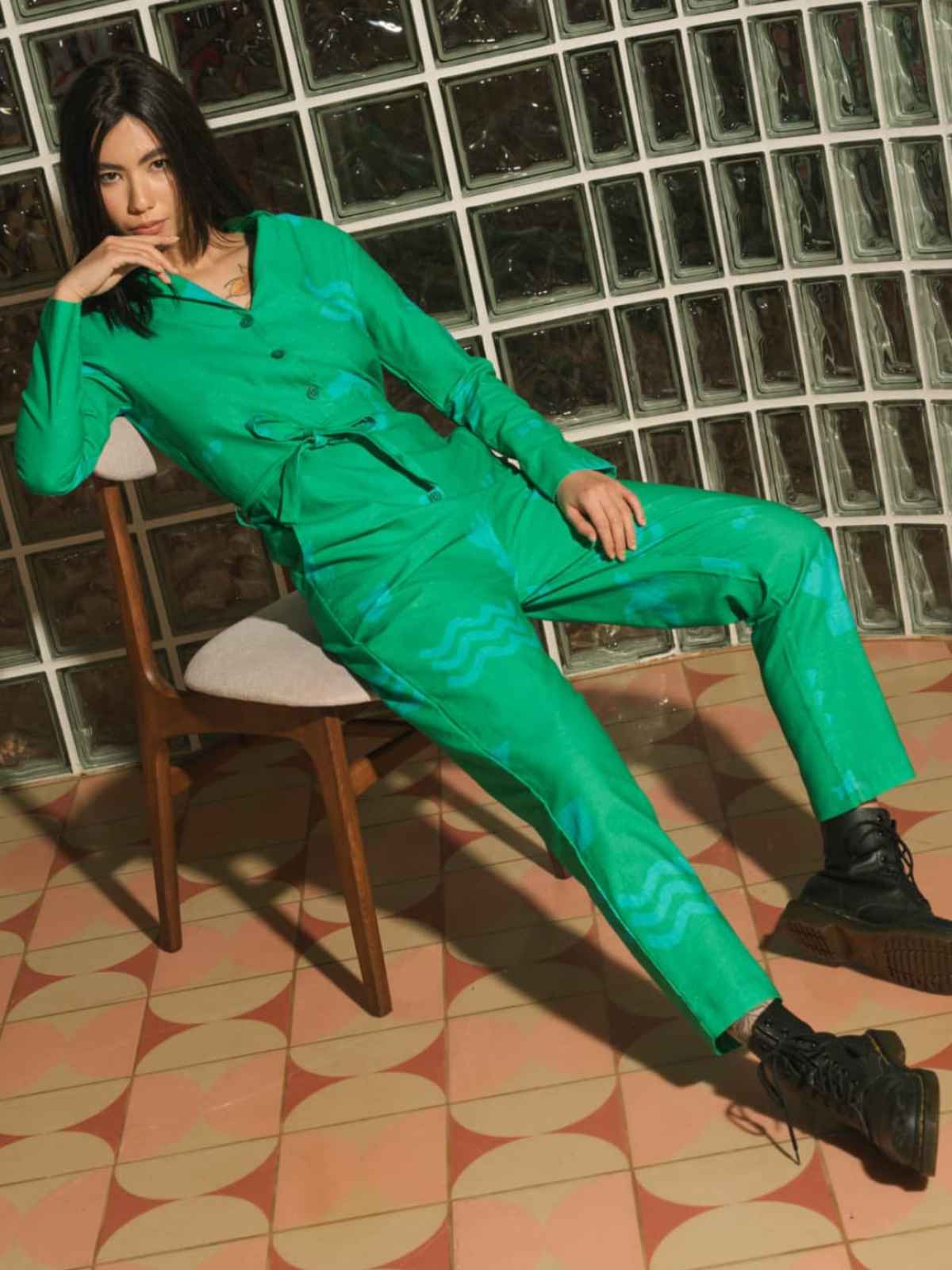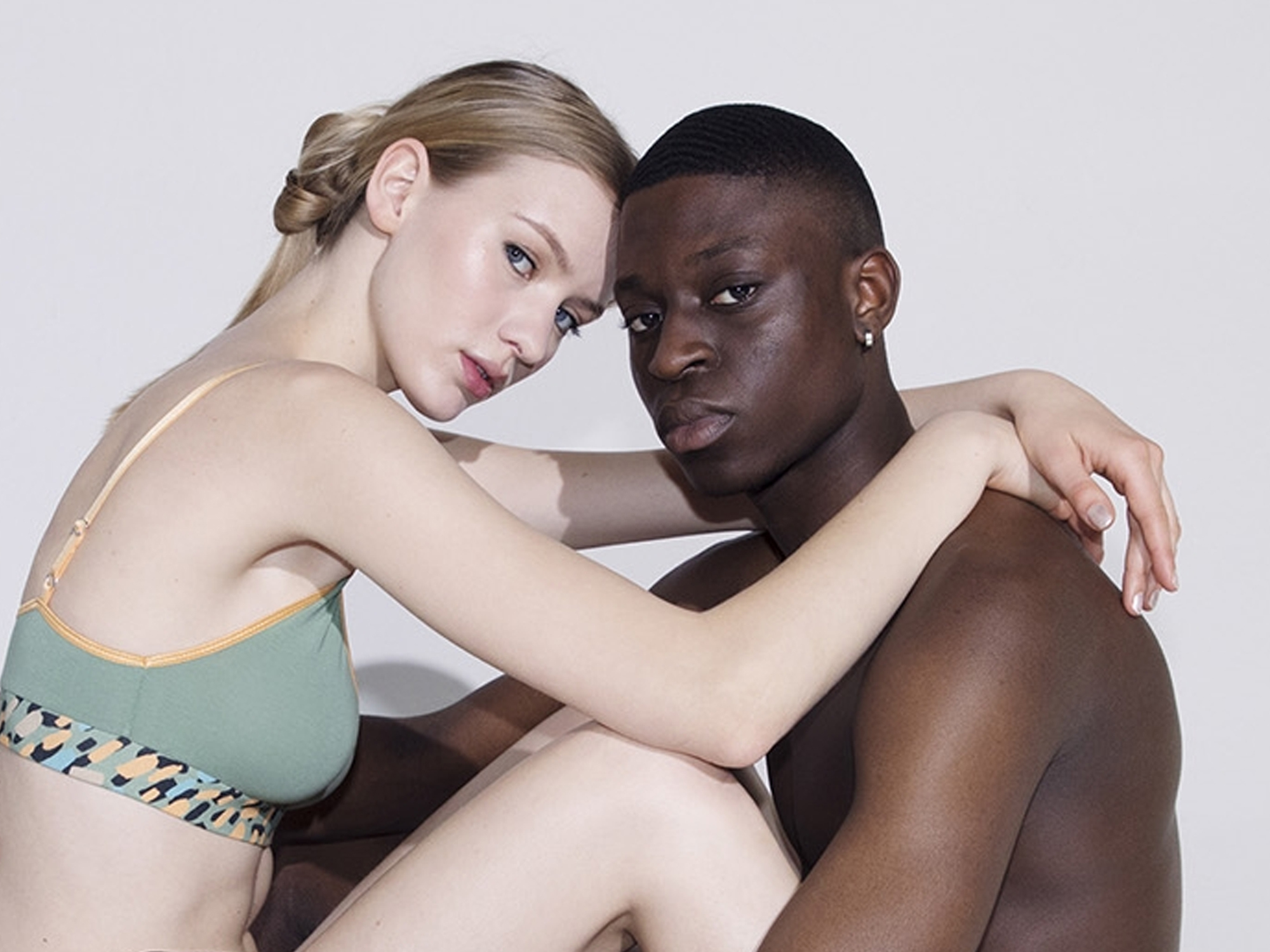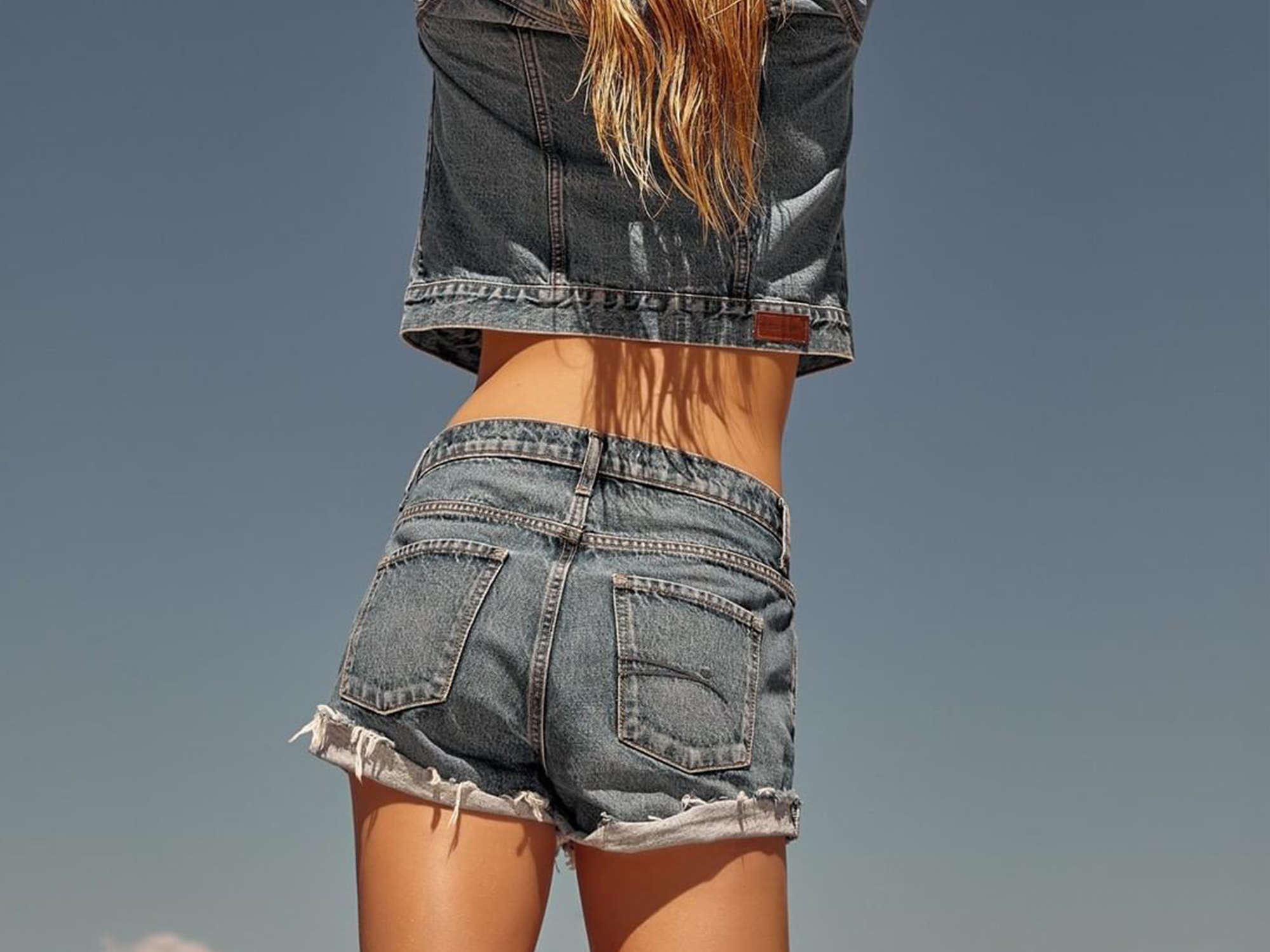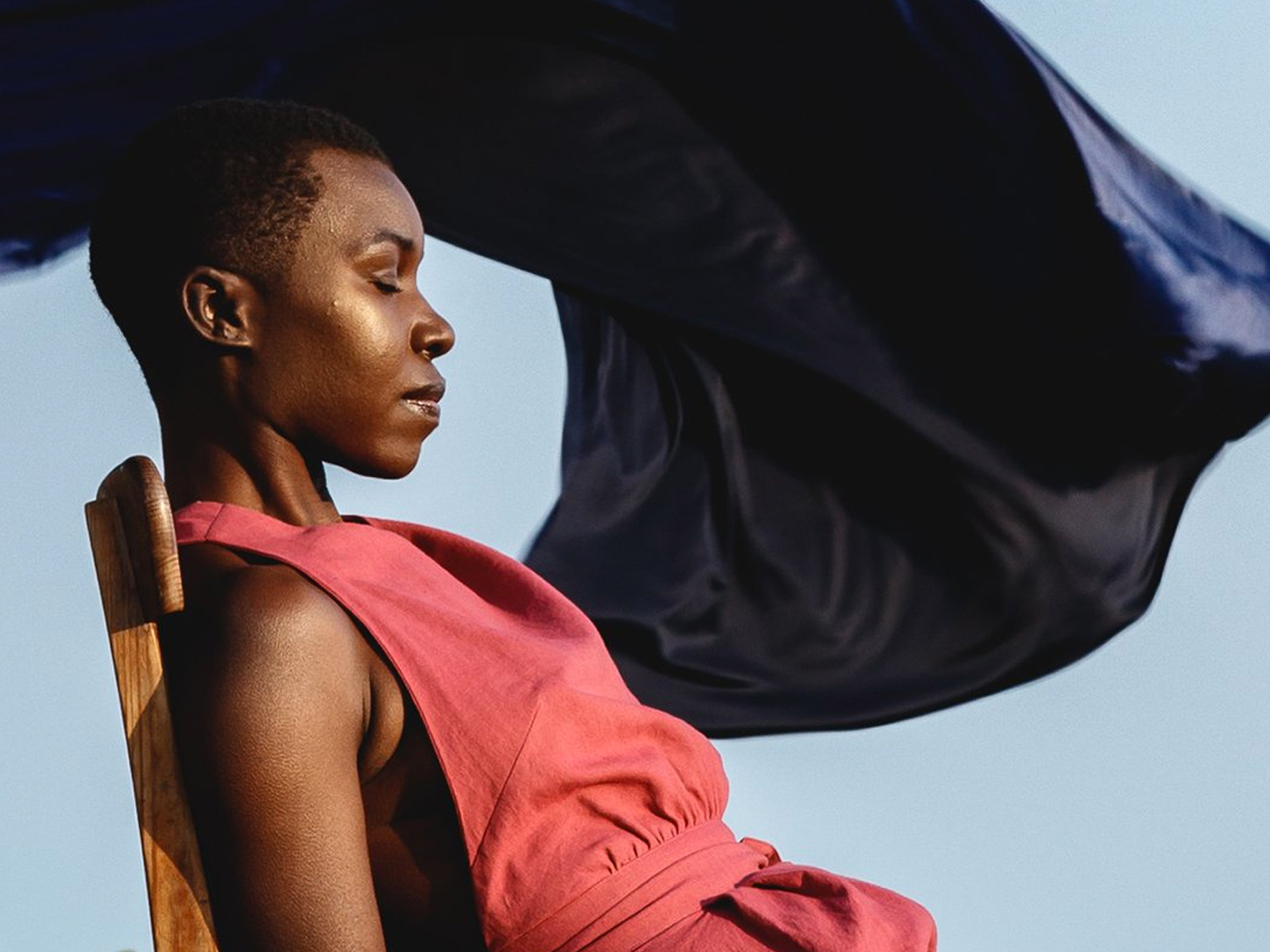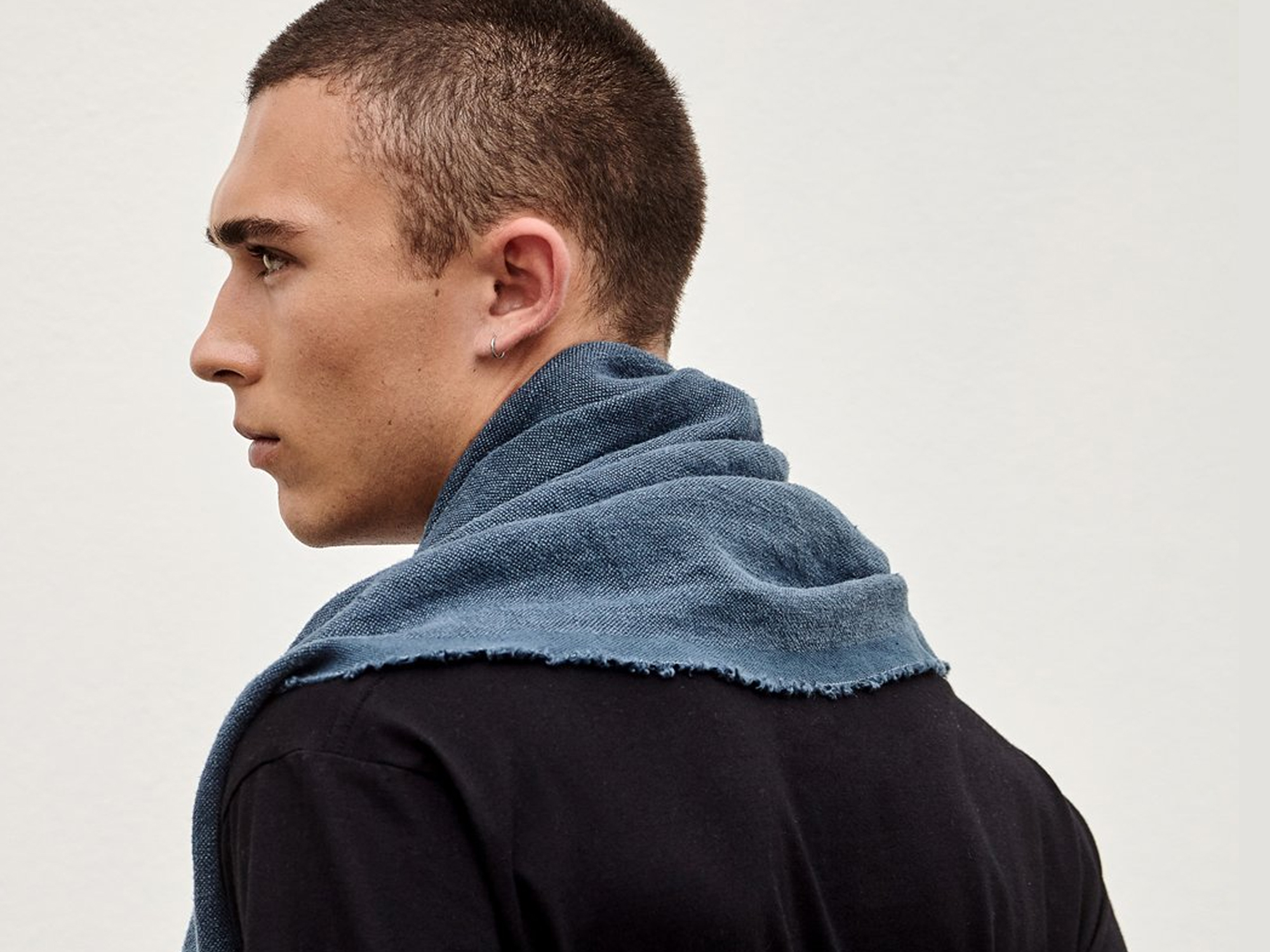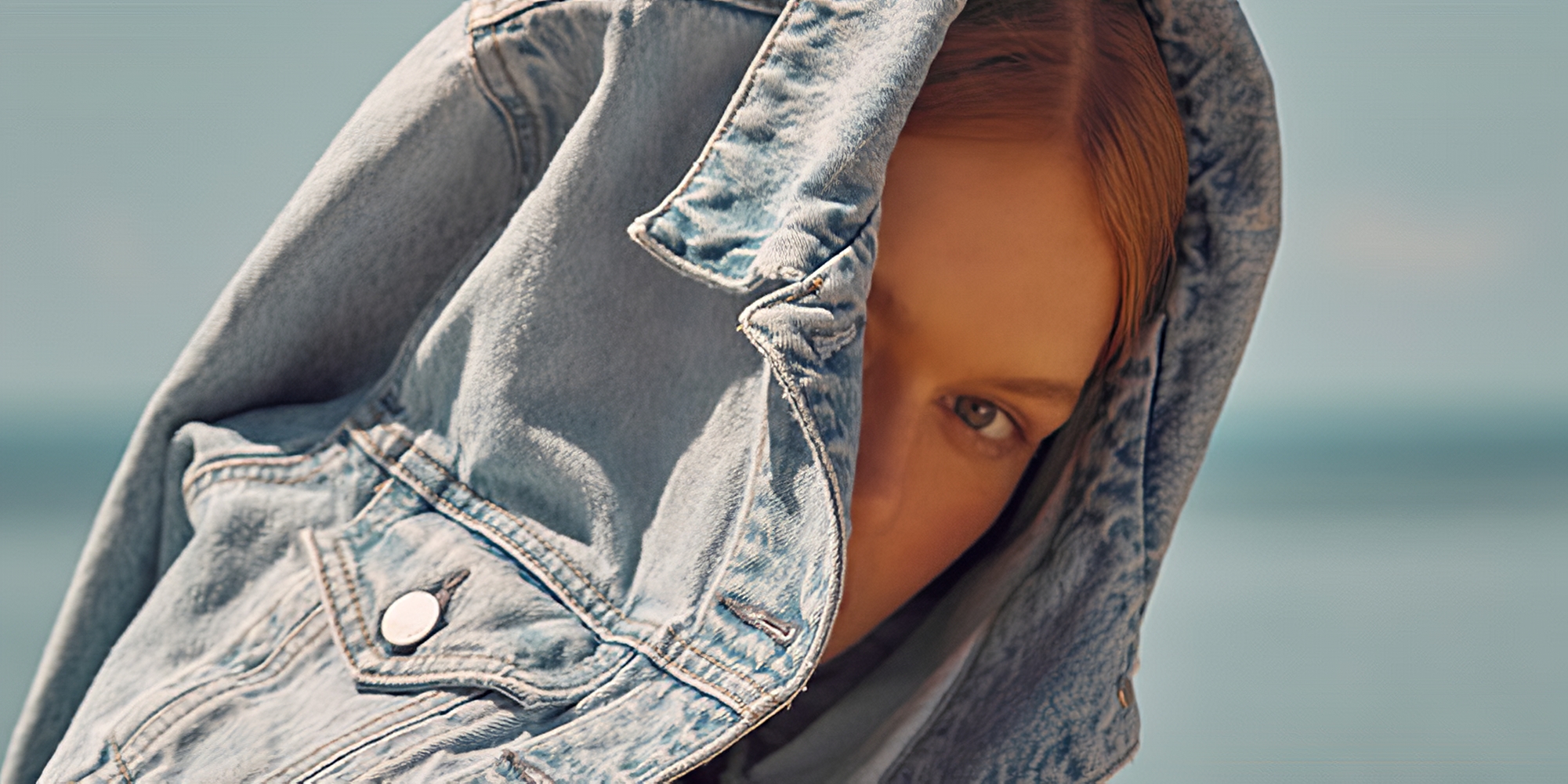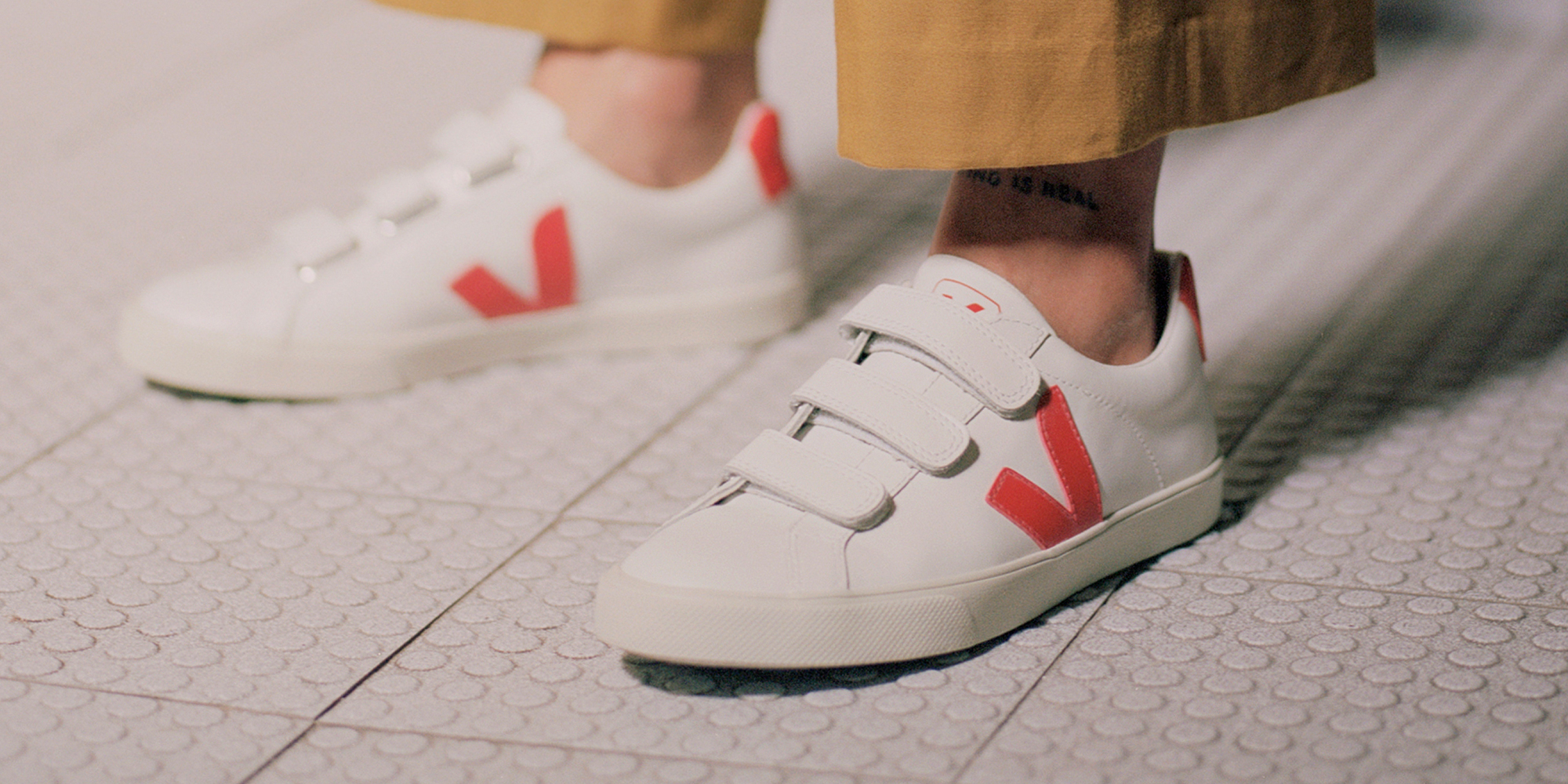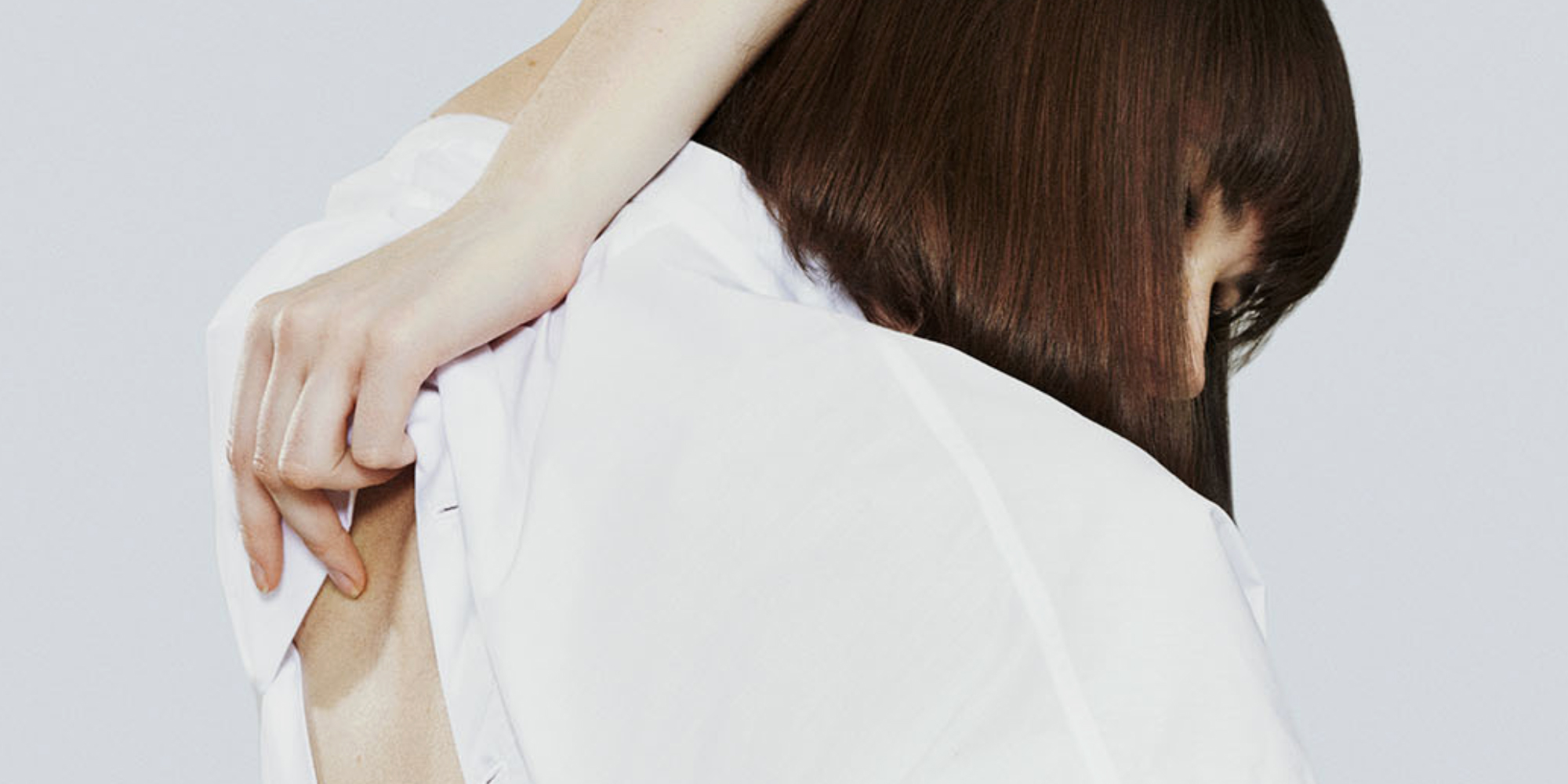Did you know that around the world, about 107 billion units of apparel and 14.5 billion pairs of shoes were purchased in 2016?
The number of items purchased every year has doubled in the last 15 years. We’re buying more and more clothing, and we’re also throwing away a lot of these purchases, with 84% of clothing ending up in landfills or incinerators.
It’s a shocking number, and it’s not sustainable. We can’t go on buying new items at this rate, and finding ways to get more use out of each piece in our wardrobes is crucial if we want to reduce the impact of our fashion choices on the planet.
Brands need to change the ways clothes are made so they are more durable or recyclable, but we, consumers and citizens, also have an essential role to play. By changing the way we consume, voting with our dollar, and choosing better brands and practices, we can push the whole industry forward.
Shopping second hand is said to be one of the things we can do to reduce the footprint of our wardrobes. But is shopping second hand sustainable? Today, we look at the rise, impact, and issues linked to shopping pre-owned clothing.
The rise of second hand shopping
Many people saw secondhand clothing as dirty, old, dull, and frankly unattractive for a long time. People thought that going to a thrift shop, op shop, or flea market meant you had to spend hours, even days, dutifully digging through piles of discarded clothes in the hopes of finding one good piece that would hopefully be the correct size.
But things have changed. Shopping second hand is becoming easier and more accessible than ever, and as a result, the resale market is booming. Resale platform thredUP predicts online thrifting will grow 69% between 2019 and 2021, and some even believe that the resale sector will be bigger than fast fashion within ten years.
Today, with people being more worried about the planet and their finances than ever, they will likely turn to their local second hand shops or resale websites. These sites like Depop, The Real Real, or Vestiaire Collective have truly revolutionised the way we think about second hand.
While some experts worried the pandemic would negatively impact the resale sector due to consumers being worried about hygiene, the contrary happened. People found more time to clean out their wardrobes! Retailers are noticing this growing trend, and many are seizing the second hand opportunity, like Asda, which began to sell second hand clothes in its supermarkets just a couple of weeks ago.
Is shopping second hand sustainable?
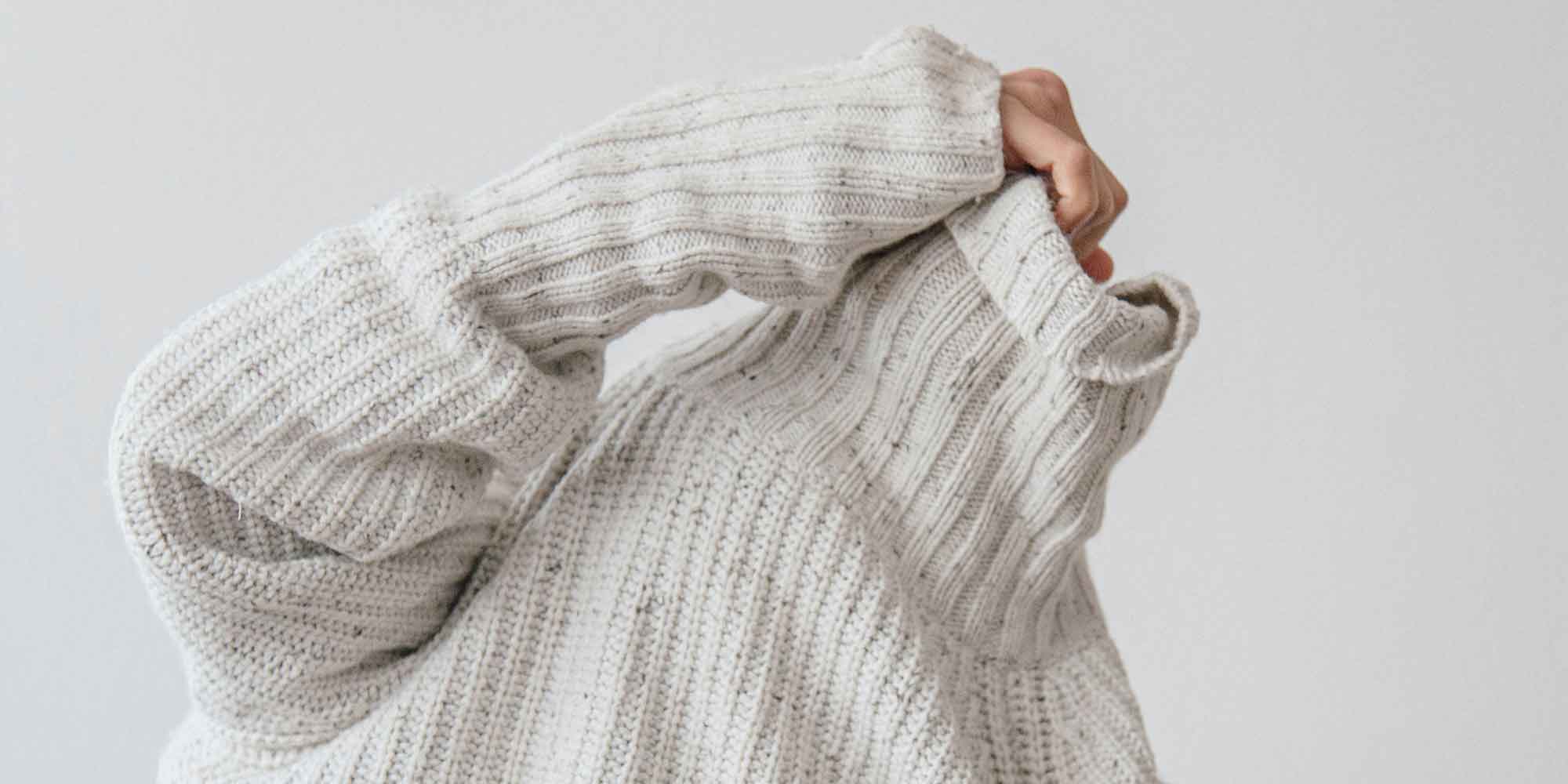
Wherever you are in the world, if you go to a mall or shopping centre, you’ll likely find a Zara, or an H&M, or a Forever 21. Society is dominated by these fast fashion giants, and it’s easy to feel overwhelmed and confused about which brands are worth supporting.
Buying vintage and second hand provides a refreshing and, yes, more sustainable way to shop.
Better for people, the planet, and animals
Buying pre-owned clothes allows us to add items to our wardrobe without using additional resources in the manufacturing process. The fashion industry is responsible for 8-10%of global carbon emissions, uses massive amounts of water, and exploits workers and animals worldwide. Buying clothes that already exist slows down the fast fashion cycle and the relentless demands on low-paid workers in the supply chain. You’re also keeping clothes out of landfills by giving them a new life and discovering unique and special pieces along the way. Gone are the days of arriving at a party wearing the same dress or t-shirt as your friend.
More accessible
Finally, shopping second hand is cheaper and more accessible! Many people are worried about the cost of sustainable fashion, but honestly, building an ethical wardrobe doesn’t have to be expensive, and buying second hand is a great first step.
Good On You helps you discover and support our favourite ethical and sustainable fashion brands, but we also recommend buying second hand, either from your local second hand shops or from apps and websites like Depop, Farfetch (who now has a “Pre-Owned” section) or Vestiaire Collective, where you can find some fantastic pieces in mint condition! To help you out on your second hand shopping journey, here a few of our favourite brands to shop pre-owned:




